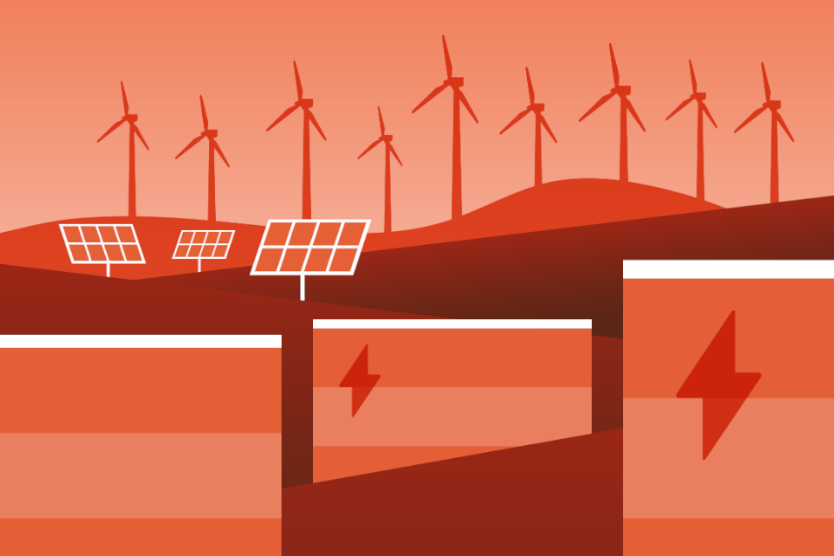
The world´s first Carnot battery is able to achieve higher storage efficiencies (from electricity to electricity) with fewer energy losses.
The Carnot battery is a promising new concept in electricity storage. It uses an electric heat pump to convert the surplus energy produced by renewable sources into heat, which is then stored in water or liquid salt, and turned back into electricity when required via a modern steam engine and generator.
The world’s first prototype is being built in Stuttgart at the Institute of Engineering Thermodynamics (ITT) within the German Aerospace Centre (DLR), together with the European Chester consortium (Compressed Heat Energy Storage for Energy from Renewable Sources). The battery is based on the CHEST (Compressed Heat Energy Storage) process. At the heart of the system is a latent heat storage unit with a patented double-ribbed tube heat exchanger. The heat accumulator also serves as a heat exchanger between the heat pump and the heat engine.
“Carnot batteries have the potential to become an important building block for the energy revolution”, explains Prof. André Thess, director of the ITT, in a press release. “This is because such heat storage systems can be specifically integrated into the networks and energy systems of tomorrow in order to compensate for the temporally and locally fluctuating electricity generation from solar and wind energy and to cover peak loads”.
Compared to other thermal storage technologies such as pressurised water tanks, the Carnot battery is able to achieve higher storage efficiencies (from electricity to electricity) with fewer energy losses. Furthermore, with a storage capacity of 1000 megawatt hours it could provide a city the size of Stuttgart with a stable energy supply, and enables sector coupling of heat and electricity. Due to the simple, affordable materials used (water and salt), Carnot batteries are also more environmentally friendly than conventional batteries.
A test run in a pilot plant will take place later this year.


